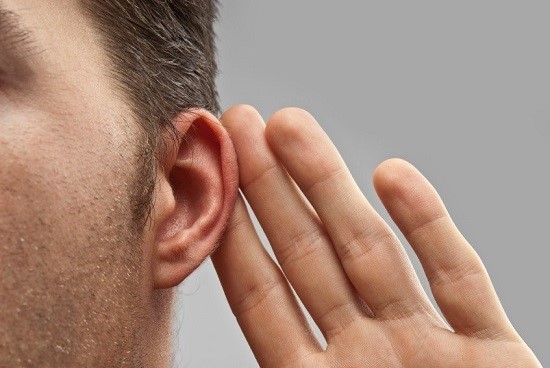
To state that hearing loss is prevalent is somewhat of an understatement. In the US, 48 million individuals report some measure of hearing loss. Meaning, on average, for every five people you encounter, one will have hearing loss. And at the age of 65, it’s one out of three.
With odds like this, how can you avoid becoming one of those five?
To help you understand how to conserve healthier hearing throughout your life, we’ll take a closer look at the causes and types of hearing loss in this week’s posting.
How Healthy Hearing Works
Hearing loss is the disruption of normal hearing, so a good place to begin is with an understanding of how normal hearing is supposed to work.
You can picture normal hearing as comprised of three main processes:
- The physical and mechanical conduction of sound waves. Sound waves are produced in the environment and travel through the air, like ripples in a lake, eventually making their way to the external ear, through the ear canal, and finally hitting the eardrum. The vibrations from the eardrum are then transferred to the middle ear bones, which then excite the tiny nerve cells of the cochlea, the snail-shaped organ of the inner ear.
- The electrical transmission from the inner ear to the brain. The cochlea, once activated, converts the vibrations into electrical signals that are transmitted to the brain via the auditory nerve.
- The perception of sound in the brain. The brain perceives the electrochemical signal as sound.
What’s interesting is that what we perceive as sound is nothing more than sound waves, vibrations, electricity, and chemical reactions. It’s a wholly physical process that leads to the emergence of perception.
The Three Ways Normal Hearing Can Go Wrong
There are three primary types of hearing loss, each disrupting some component of the normal hearing process:
- Conductive hearing loss
- Sensorineural hearing loss
- Mixed hearing loss (a combination of conductive and sensorineural)
Let’s take a closer look at the first two, including the causes and treatment of each.
Conductive Hearing Loss
Conductive hearing loss impedes the physical and mechanical conduction of sound waves to the inner ear and cochlea. This is brought on by anything that blocks conduction.
Examples include malformations of the outer ear, foreign objects within the ear canal, fluid from ear infections, pierced eardrums, impacted earwax, and benign tumors, among other causes.
Treatment of conductive hearing loss consists of extracting the obstruction, dealing with the infection, or surgical correction of the malformation of the outer ear, the eardrum, or the middle ear bones.
If you suffer from conductive hearing loss, for instance from impacted earwax, you could possibly begin hearing better instantly after a professional cleaning. With the exception of the more severe varieties of conductive hearing loss, this type can be the simplest to treat and can restore normal hearing completely.
Sensorineural Hearing Loss
Sensorineural hearing loss impedes the electrical conduction of sound from the inner ear to the brain. This results from injury to either the nerve cells within the cochlea or to the auditory nerve itself.
With sensorineural hearing loss, the brain receives weak electrical signals, decreasing the volume and quality of sound.
The chief causes of sensorineural hearing loss are:
- Genetic syndromes or fetal infections
- Normal aging (presbycusis)
- Infections and traumatic injuries
- Meniere’s disease
- Cancerous growths of the inner ear
- Side effects of medication
- Sudden exposure to extremely loud sounds
- Long-term subjection to loud sounds
Sensorineural hearing loss is most commonly associated with direct exposure to loud sounds, and so can be protected against by avoiding those sounds or by defending your hearing with earplugs.
This type of hearing loss is a little more difficult to treat. There are no existing surgical or medical procedures to heal the nerve cells of the inner ear. However, hearing aids and cochlear implants are extremely effective at taking over the amplification assignments of the nerve cells, producing the perception of louder, crisper sound.
The third type of hearing loss, mixed hearing loss, is essentially some mixture of conductive and sensorineural hearing loss, and is treated accordingly.
If you have any difficulties hearing, or if you have any ear pain or lightheadedness, it’s best to consult your doctor or hearing professional as soon as possible. In almost every instance of hearing loss, you’ll get the greatest results the sooner you deal with the underlying problem.